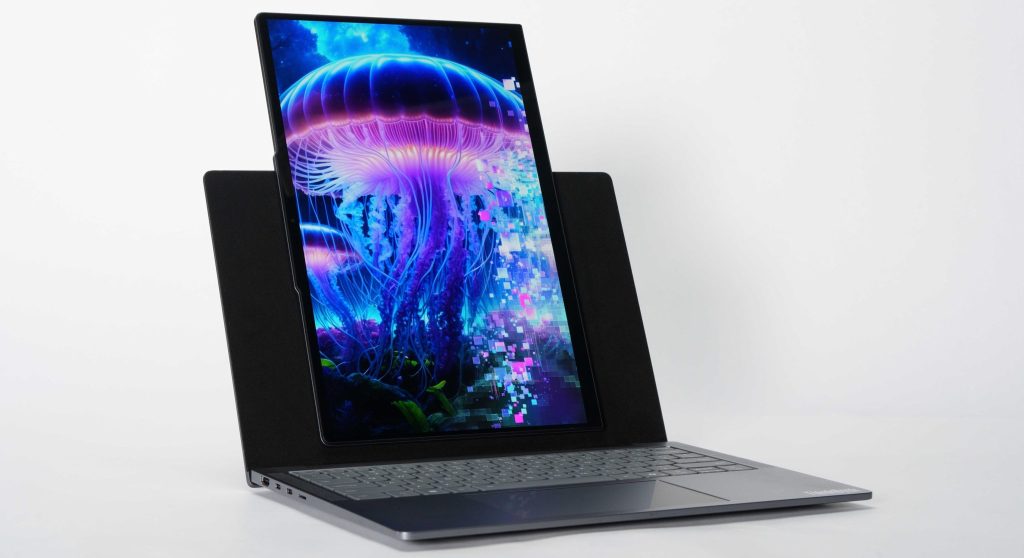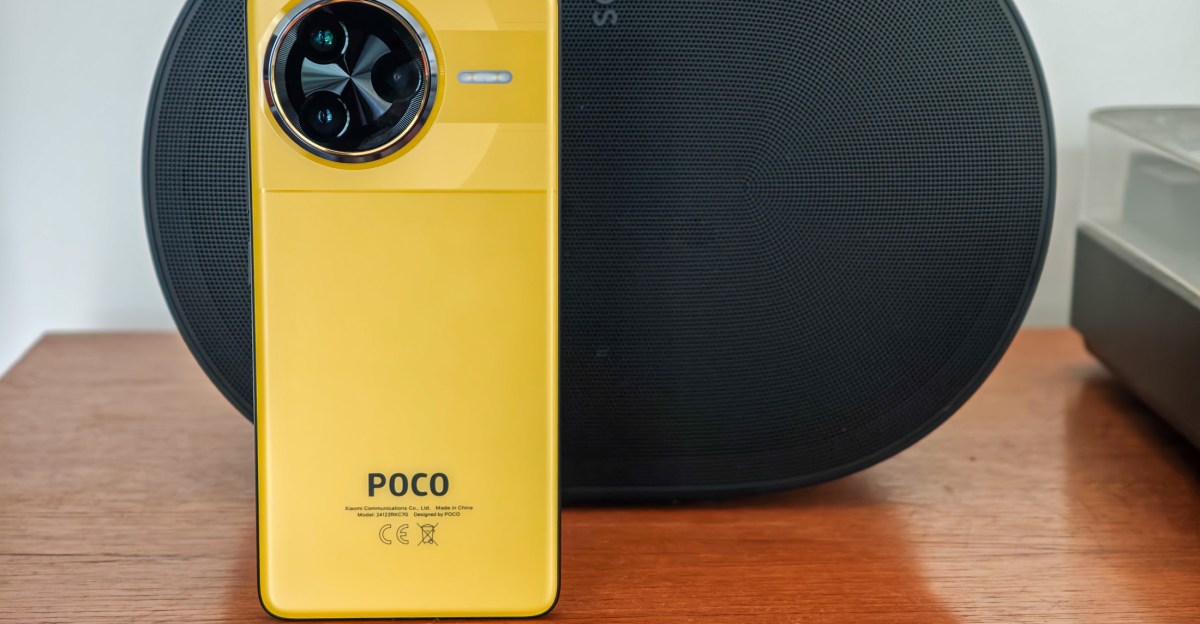The Slim iPhone: A Glimpse into Apple's Innovative Future
While you might not be actively yearning for an even thinner iPhone, the latest rumors suggest something far more intriguing than mere millimeter reduction. This potential new model isn't just about sleekness—it's a strategic stepping stone toward Apple's more ambitious design horizons.
The whispers of an ultra-slim iPhone hint at something deeper than a cosmetic upgrade. Think of it as Apple's experimental playground, a subtle preview of more radical transformations waiting in the wings. This could be the first breadcrumb leading to a foldable iPhone or perhaps an entirely unprecedented form factor that challenges our current smartphone paradigms.
Apple has always been masterful at incremental innovation, using seemingly modest design tweaks to test technological boundaries. A slimmer iPhone could be precisely that—a calculated move to refine manufacturing techniques, explore new material possibilities, and set the stage for more revolutionary designs.
So while the prospect of an even thinner device might initially seem underwhelming, tech enthusiasts and Apple watchers should pay close attention. This could be the first glimpse of a smartphone evolution that's about to get truly exciting.









